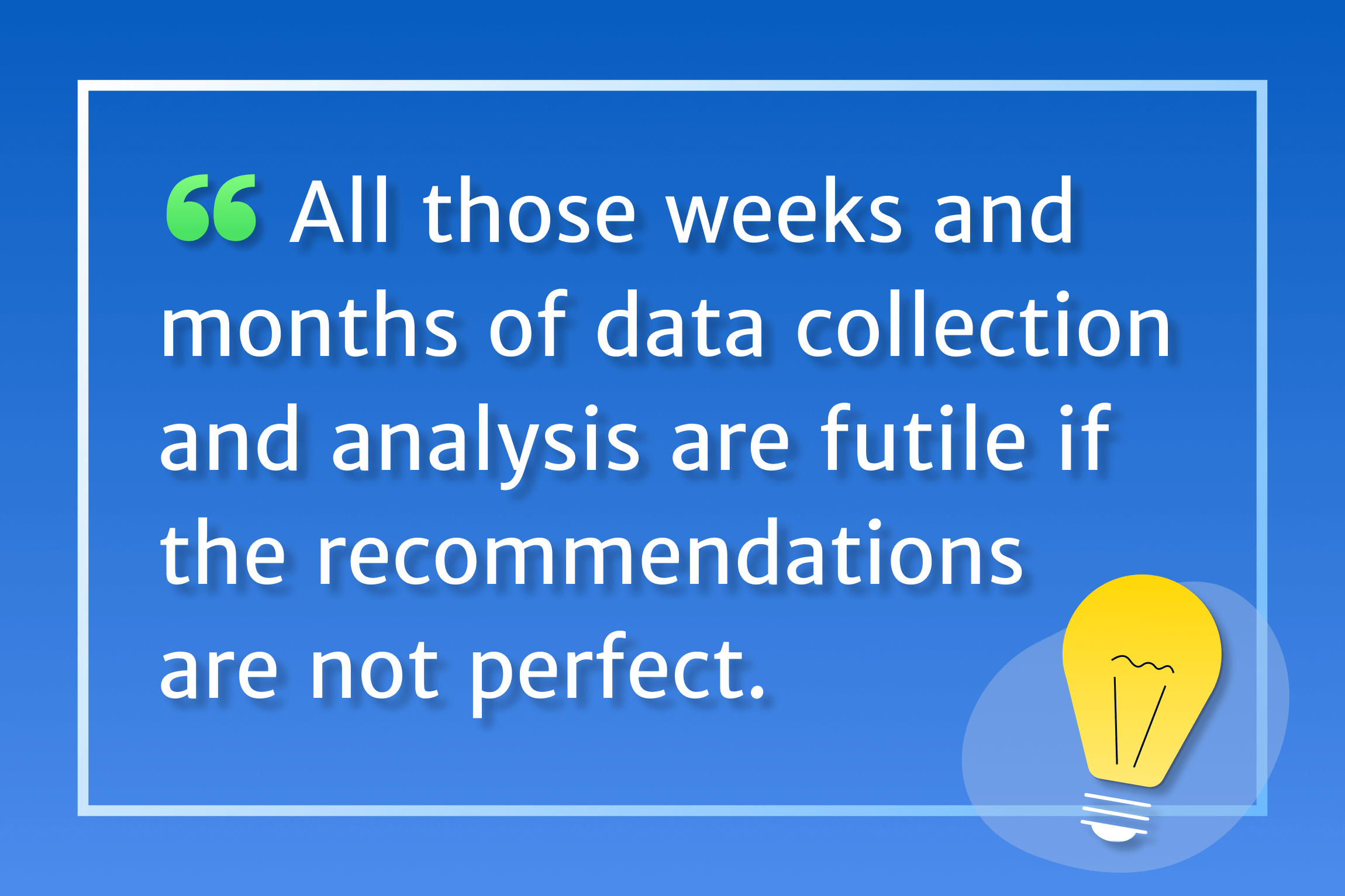How to Write Consulting Case Studies That Win Clients
Blog Categories:
Published:
October 29, 2023
Reading Time:
6 minutes

Ever wondered what makes a consulting case study truly outstanding? Did you know that the way a consultant defines a problem, crafts recommendations, and presents results can make all the difference in the world of consulting?
There are many different ways to create awe-inspiring and value-packed case studies. However, in this article, we'll dive deep into the art and science of creating compelling consulting case studies from Consultport’s perspective. Emphasis on the word “compelling” because you should strive to create a case study so effectively that it compels the reader to hire you.
So, whether you're a seasoned consultant looking to draft an excellent case study or a beginner curious about the inner workings of the consulting world, read on to explore the anatomy of an effective consulting case study.
There are many different ways to create awe-inspiring and value-packed case studies. However, in this article, we'll dive deep into the art and science of creating compelling consulting case studies from Consultport’s perspective. Emphasis on the word “compelling” because you should strive to create a case study so effectively that it compels the reader to hire you.
So, whether you're a seasoned consultant looking to draft an excellent case study or a beginner curious about the inner workings of the consulting world, read on to explore the anatomy of an effective consulting case study.
KEY TAKEAWAYS
- Begin your case study by clearly defining the problem you solved, followed by a structured approach to present the problem statement.
1. Start With the Problem That You Solved

Do you know who’s going to read your consulting case study? Potential clients. And do you know why they’d read your case study? It’s probably because they have a problem and are looking for a solution. That’s why your consulting case study should start with clearly defining the problem that you solved as a consultant. Here’s how you can mention a problem in a case study.
- Step 1: Start with the client's background and industry context.
- Step 2: Mention specific pain points and challenges.
- Step 3: Write client objectives and goals.
- Step 4: If applicable, conduct root cause analysis (RCA).
- Step 5: Add details of the scope and any constraints.
- Step 6: Incorporate quantitative metrics for problem severity.
- Step 7: Utilize qualitative insights for a deeper understanding of the problem, if applicable.
- Step 8: Emphasize the problem's impact on client goals.
- Step 9: Conclude with a clear and concise problem statement.

A point to be noted here: this is just one way of mentioning problems in great detail in a professional consulting case study. Feel free to add or remove the aforementioned steps as needed. However, it’s worth mentioning that when crafting a consulting case study, define problems from a consultant's perspective and avoid using layperson language.
2. Discuss the Methodologies Used
An effective consulting case study should shine a spotlight on your unique approach to tackling the problem. In this section, you should proudly unveil your research methods, data collection techniques, and analytical tools. This section can provide you with an opportunity to showcase your talent and problem-solving skills as a consultant. Here are certain key elements that you could include in this section.Research Methods
Mention whether primary research, secondary research, or a combination of both was employed. As you may already know, primary research includes surveys and interviews conducted directly with the client or relevant stakeholders. On the other hand, secondary research often involves a deep dive into existing literature, industry reports, and available data sources.Data Collection
You could also describe the orchestration of data gathering to showcase your creativity and innovation. Data collection methods may include surveys to understand customer sentiment, interviews with subject matter experts, competitive analysis, and market research.Analysis
In this section, explain the analytical techniques that you used to transform raw data into actionable insights. Statistical analysis may encompass various techniques, including regression analysis, hypothesis testing, data clustering, descriptive statistics, correlation analysis, etc.3. Dig Deeper With the Analysis
An impactful consulting case study dives deep into problem analysis, scrutinizes its intricacies, and presents potential solutions. It carefully looks at all the details and then offers various solutions to consider. So, the analysis section of your case study could contain the following elements:Problem breakdown
Carefully dissect the issue and unravel its constituent components, pinpointing key contributing factors. For instance, if the case study is about declining sales, you can dissect factors such as changing consumer preferences, competitive pressures, and supply chain inefficiencies.Evaluation of alternatives
You should mention multiple avenues for problem-solving and present a range of strategies. For instance, if the project was about optimizing production processes, considerations may include lean manufacturing, automation, and outsourcing, with a clear outline of the pros and cons.Data-driven insights
To create a consulting case study that actually attracts clients, you should clearly showcase the rationale behind your recommendations. So, your analysis should be firmly based on data and evidence, making it crystal clear why certain solutions were chosen over others. For instance, data highlighting cost savings and efficiency gains may drive the decision to recommend the implementation of a new inventory management system.4. Offer SMART Recommendations
Oh, recommendations! This is what consultants are paid for. And in a consulting case study, this is the section that clients may pay special attention to. All those weeks and months of data collection and analysis are futile if the recommendations are not perfect. This is when the SMART framework comes into play. Here’s how you can incorporate it in recommendations.
Specific
Vague recommendations are no good, they must be specific and crystal clear about what actions the client needs to take. For instance, instead of saying "improve marketing," specify "launch a targeted Instagram campaign to attract Gen Z."Measurable
Recommendations should help clients set measurable goals. So, include specific metrics and indicators that allow the client to track progress. For instance, if the recommendation relates to boosting website traffic, mention a goal like “increase monthly website visitors by 20%”.Achievable
Be rational with your recommendations and ensure that they’re actually achievable. For example, if the client is running a small business, recommend expanding their product line gradually rather than attempting an unrealistic large-scale diversification.Relevant
Recommendations must align with the client's industry, market, and overarching goals. For instance, if a client is in the healthcare sector, you could recommend relevant tech solutions that could make patient data management easier.Time-bound
Your recommendations should ideally come with a timeline. No business wants to wait forever to reach their goals. For example, you could recommend an e-commerce client to create a new checkout process optimization within two months, allowing for timely assessment and adjustments.5. Results, Results, Results
Was the money spent on the consulting engagement worth it? How did you, as a consultant, offer a positive return on investment to the client? This is the part of the consulting case study most readers are excited about. So, in the results section of a consulting case study, you can present both quantitative and qualitative data to showcase the tangible and intangible impacts of your work.First, let’s discuss quantitative data that provides concrete evidence of success. For instance, a marketing consultant can highlight a 25% increase in website traffic and a 20% boost in conversion rates. These metrics offer a clear and objective view of the outcomes achieved.
Then comes qualitative data which complements quantitative data by providing insights into the client's experience. For example, client testimonials can be powerful, with the CEO praising the consultant's expertise and noting improvements in their previous problems.
Want to Become a Freelance Consultant?
Hope you learned valuable insights from this article. And if you have consulting case studies of your own, we’d like to talk to you. Here at Consultport, we’re on a mission to connect the world’s most talented consultants with top clients.
Here’s how it works. If you’re a consultant who has experience working with top-tier consulting firms, leading digital agencies, or blue-chip companies, get in touch with us. There are more than 10,000 consultants in our talent pool who are ready to live that freelance consultant life.
So, if you want to choose your own projects, locations, hours, and rates, you should contact us right now. Your dream freelance consulting project maybe just a few clicks away.
Here’s how it works. If you’re a consultant who has experience working with top-tier consulting firms, leading digital agencies, or blue-chip companies, get in touch with us. There are more than 10,000 consultants in our talent pool who are ready to live that freelance consultant life.
So, if you want to choose your own projects, locations, hours, and rates, you should contact us right now. Your dream freelance consulting project maybe just a few clicks away.
Share This Story, Choose Your Platform!



